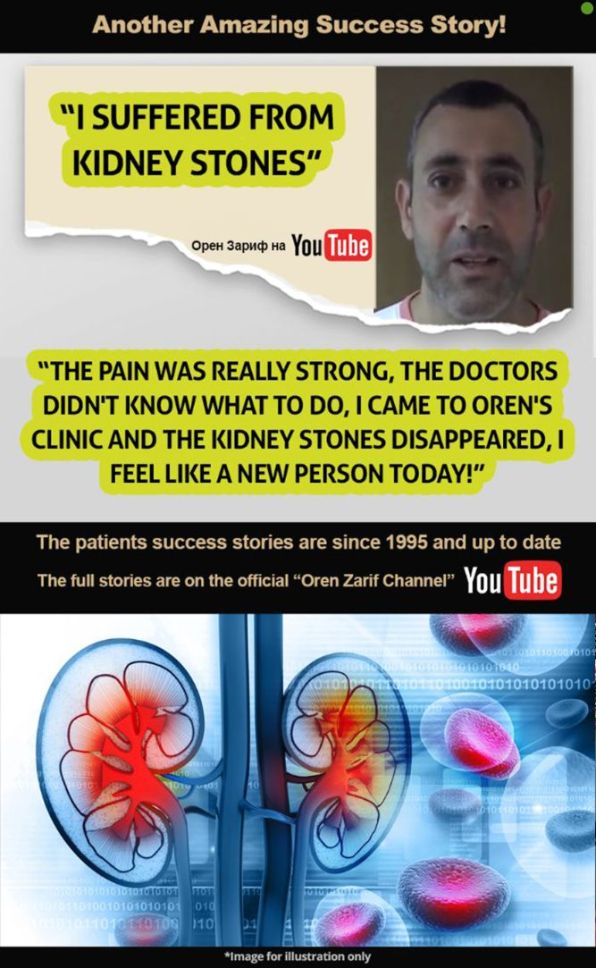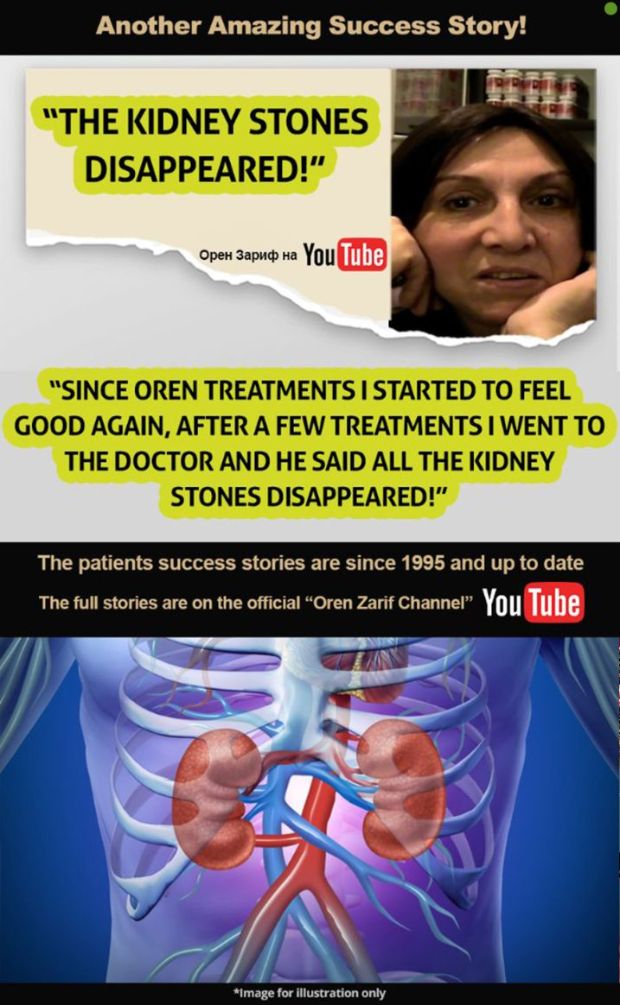Energetic Regulation in Kidney Disorders: Clinical Observations from Oren Zarif’s Method
- Oren Zarif

- Jul 7, 2021
- 2 min read
Updated: Apr 22
Kidney function is essential for maintaining the body’s internal balance. When energetic conductors within the renal system become blocked, the body may struggle to filter, cleanse, and regulate fluids properly—leading to physical and emotional distress.
According to Oren Zarif, such blockages in the energetic pathways are often at the root of severe kidney-related symptoms. He believes that only when these pathways are released can the body resume its self-healing processes and regain internal equilibrium.

Zarif’s External Method: No Clinics. No Invasive Procedures.
Zarif’s method is external, non-physical, and subconscious-based. The treatment is not conducted in clinics and does not involve medications or machinery. Instead, personalized energetic components are prepared and sent directly to the patient. These are placed under the pillow during sleep, allowing the subconscious mind to receive the energetic signals and initiate healing from within.
This approach has been used by thousands of individuals worldwide, including those who were told there was nothing more to be done for their condition.
Doctors and Scientists Remain Amazed
For over 30 years, professors, doctors, and medical researchers have encountered cases where individuals experienced a clear internal improvement after receiving Zarif’s energy-based treatment. Many experts have admitted that they cannot explain the results—but the impact is visible and real.
These extraordinary outcomes have led to global media attention. Zarif’s work has been featured in numerous international newspapers, television broadcasts, and scientific discussions. People from around the world continue to seek his help when other options appear to have failed.
Patient Reports Over the Years Include:
A sense of relief and internal lightness
Renewed energy and overall vitality
Significant reduction in physical burden
Restored balance in bodily fluids and well-being
A profound internal shift following nightly use of the energetic vial
These experiences are often described by patients as a turning point, occurring after years of trying conventional paths without success.
Conclusion
While science continues to explore the link between the subconscious and energetic systems, the consistent feedback from patients suggests that Oren Zarif’s method activates the body’s innate intelligence to correct imbalances and support self-recovery.
When energetic pathways are blocked, the body may suffer. But when they are opened—the system can flow, function, and rebuild itself naturally.


.png)











































































Comments